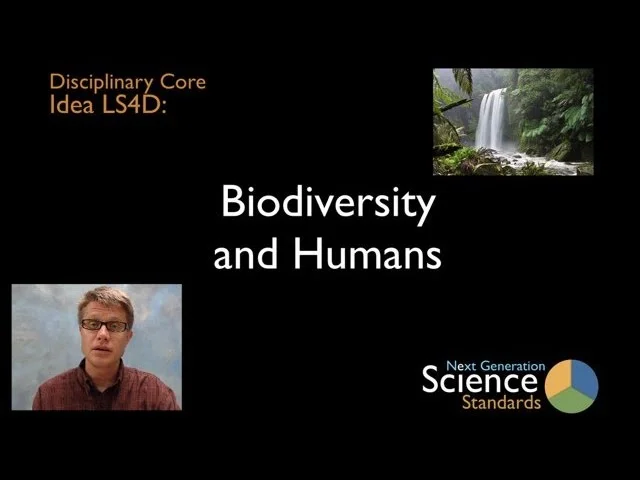LS4.D: Biodiversity and Humans
In this video Paul Andersen defines biodiversity and explains the impacts humans are having on the planet's biodiversity. Humans are impacting the variety of life on our planet through habitat destruction, invasive species, pollution, overpopulation, overexploitation and climate change. A K-12 teaching progression is also included.
LS2.C: Ecosystem Dynamics, Functioning, and Resilience
In this video Paul Andersen explains how ecosystems respond to disruptions. Disruptions can cause changes in the number and variety of organisms. It can also lead to migration, extinction or even speciation. Ecosystems that have a higher biodiversity are able to respond to large disruptions over time. A K-12 teaching progression is also included.
ETS1.B: Developing Possible Solutions
In this video Paul Andersen explains how many possible solutions are developed in the design process. As many solutions to the problem are identified using a brainstorming process. These solutions are compared to the specific constraints and criteria of the solution. Models are created to test the viability of each solution. A K-12 teaching progression is also included.
CCC7: Stability and Change
Paul Andersen explains how stability and change are regulated in systems through controls and feedback. Controls are used to regulate matter and energy flowing into a system. Feedback mechanisms within the system are used to regulate stability. Negative feedback loops keep the values around a set point and positive feedback loops move them away. Disequilibrium can result in death of living systems and destruction of physical systems. A progression of instruction for K-12 students is also included.
SEP7: Engaging in Argument from Evidence
Paul Andersen explains the importance of argumentation in improving both understanding and design. This video begins with a discussion of the heliocentric and geocentric model of the Universe that eventually lead to the Copernican Revolution. It highlights the importance of both informal and formal arguments. It finishes with a discussion of the educational progression including a great question.





